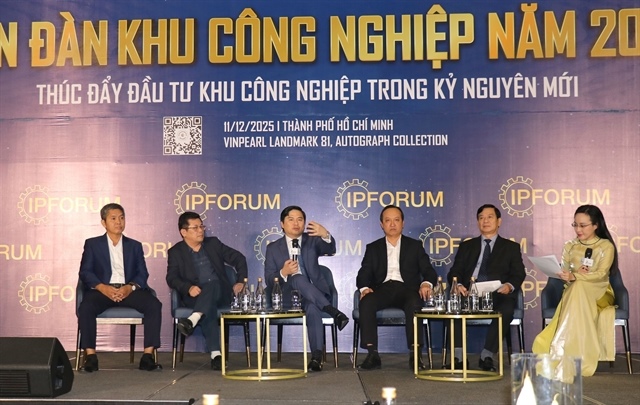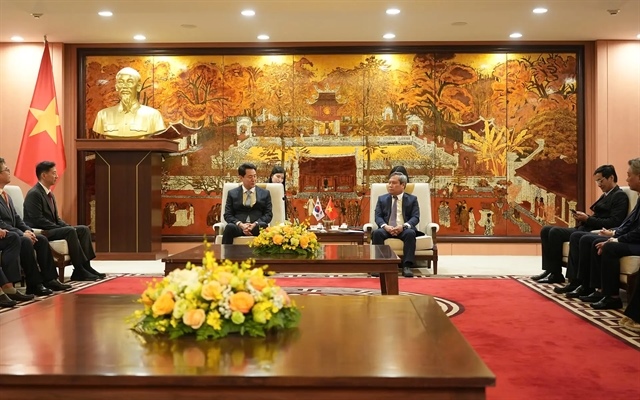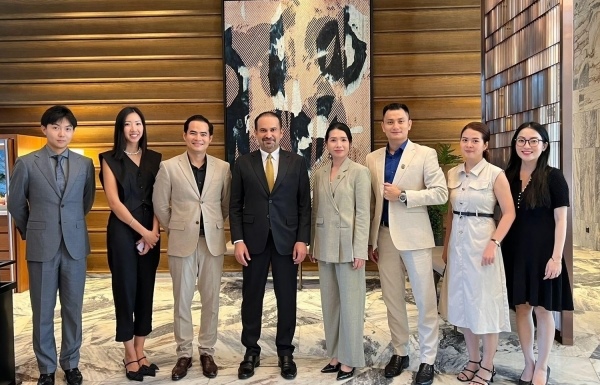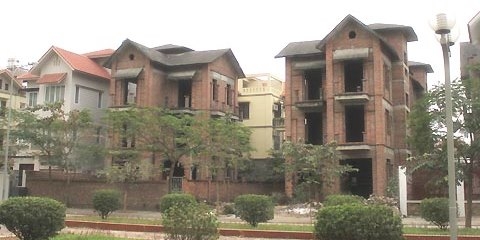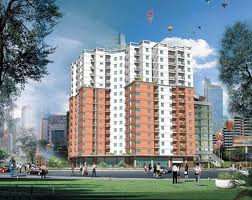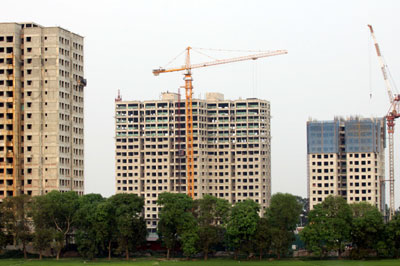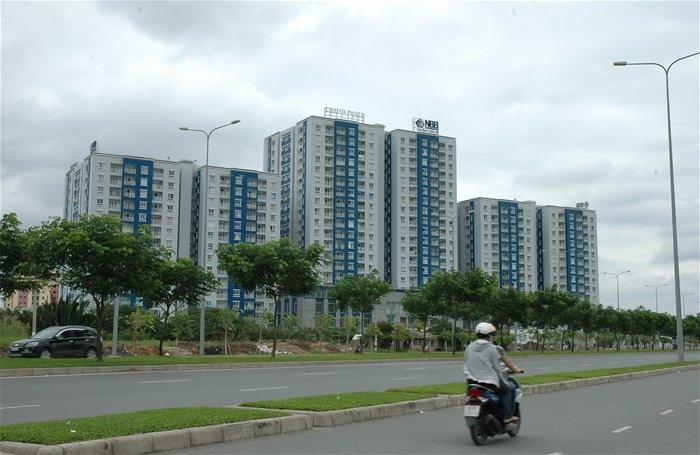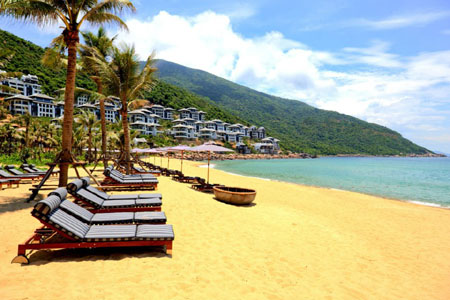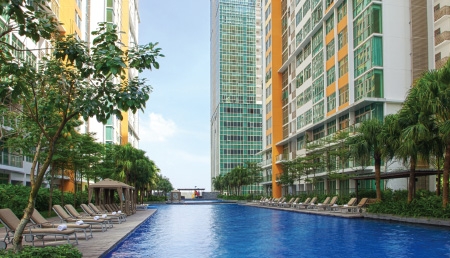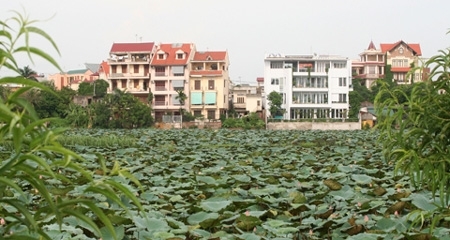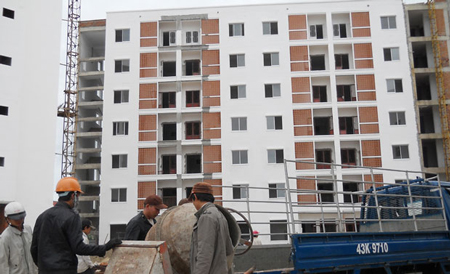Second home market’s second hope
Second home market’s second hope
Despite Vietnam’s real estate downturn, the second home market is still considered a potential segment for many developers and investors.
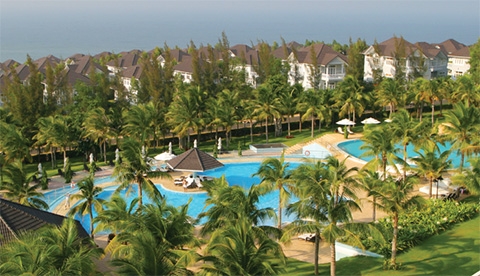
According to the evaluation from real estate experts, Vietnam has many advantages in second home development. One of the biggest advantages is that the country has plenty of tourism destinations and a stable increase of tourists both inside and outside the country every year.
Kenneth Atkinson, managing director of Grant Thornton Vietnam said Vietnam received an increasing number of domestic and international tourists. Therefore, in the long term, the real estate market in general and the second home segment in particular still has great potential for development.
However to attract more tourists to the country, the Vietnamese government should create more incentives for international tourists such as visa exemptions, permitting more foreigners’ accommodation ownership in Vietnam and improving infrastructure.
Nguyen Dinh Trung, director of Hung Thinh Corporation, an experienced distributor of second home projects, said that a major factor hindering the second home segment development was the government policy.
“In many second home projects, developers can only sell their products 50 years as the longest period. Customers are still concerned about this duration and not many are interested in investing in second home segment,” Trung said.
Another issue is that many second home projects have been developed by foreign investors, while in reality, very few foreigners are eligible to own accommodation in Vietnam.
Rudolf Hever, managing director of Alternaty, a hotel, resort and second home consulting firm, believed that despite these disadvantages, more and more foreigners were eyeing this segment, especially those from Asian countries.
“The greatest concern of foreign investors in this segment is the government policy, therefore Vietnam has to simplify procedures in order to show them opportunities when investing in this segment,” Hever said.
However despite the tough competition, the second home segment still attracts more and more developers. Many large scale projects have been set up from central Thua Thien - Hue to Ninh Thuan province, an area sometimes referred to “second home paradise”.
Domestic Sun Group has developed a range of real estate and seond home projects, including InterContinental Danang Resort, Bana Hills, Novotel Danang, Hoa Xuan Eco-urban area and Sun Villas.
Another domestic property developer, Thanh Do Group has also initiated its premier second home project named The Empire Danang, while Sovico is pushing up its sale on the Furama Villas.
Many other high-end projects are in the pipeline. However Hever said that with the current difficult circumstance, it was hard to sell second home villas valued in millions of dollars. Accordingly, investors also have to change their portfolio in order to provide the market with something more affordable.
Hever’s opinion can be seen in the fact that increasing numbers of developers have adapted their portfolios to better reflect the current market by adding mid-end second home products.
This move is part of a general trend towards diversification in the second-home market in Vietnam with developers driving their investment towards small- and medium-d products.
This trend started at the end of 2011 when developers shifted their portfolios to mid-end second-homes in a bid to cope with low transactions in all other segments.
In Hanoi’s outskirt Ba Vi district, Archiland is selling second homes at only VND850 million ($40,600) per villa, a remarkable reduction compared to villas sold in 2011, at VND15-18 billion ($717,000 to $861,000) per unit.
Nguyen Thanh Nam, general director of Archi Invest Joint Stock Company, said second homes on the city’s fringes had more advantages compared to those in other areas.
“Investing in second homes in the city’s outskirts is safe because the majority of those projects have red books which permit the users to use them for a long time,” Nam said, adding that more customers could afford mid-end second homes in such areas because they cost only a twentieth of equivalent homes in the city centre. Other benefits include convenient transportation, good services and good infrastructure.
Green Oasis Joint Stock Company has recently launched its Green Oasis Villas in northern Hoa Binh province’s Luong Son district. These turn-key units carry prices of VND1.5-2.5 billion ($71,700-$119,600) each.
Meanwhile, INT Group is developing the Dong Chanh Villas 3 project, also located in Luong Son district, on the outskirts of Hanoi, at VND820 million ($39,230) per land plot and VND1.45 billion ($69,370) for an unfurnished villa.
Less impacted by the real estate downturn, the second home segment is still facing difficulties. It has been continuously facing fierce competition caused by large storage while customers become more demanding on the quality and services of those projects. Within a year, the number of successful sales reported in second home projects in southern Binh Thuan and Ba Ria – Vung Tau provinces was very low.
According to Savills Vietnam, from the beginning of 2012, the number of successful transactions in this segment was very limited. In some central provinces and cities, average sales were only at 30 per cent compared to 2011.
“The economic downturn is obviously a challenge for second home development. Customer demand for this segment is very narrow as only certain types of customers exist, while supply is relatively high, therefore customers or buyers can afford to shop around before pouring their money into a second home project,” said Do Thi Thu Hang, head of Savills Vietnam’s Research Department.
This, Hang said, puts pressure on the developers to carefully design types of products which can be affordable, but also meet the customers’ requirements.
vir


